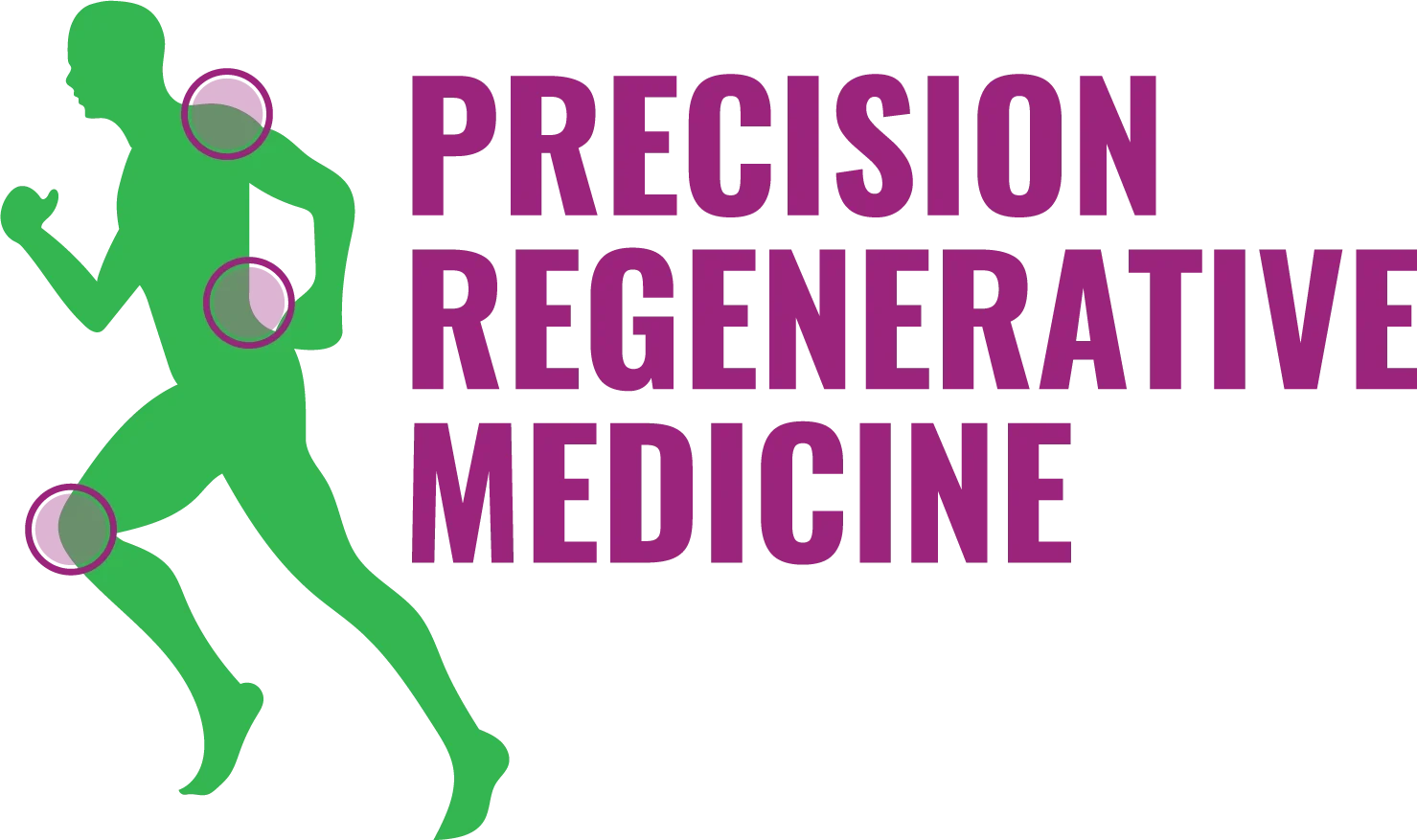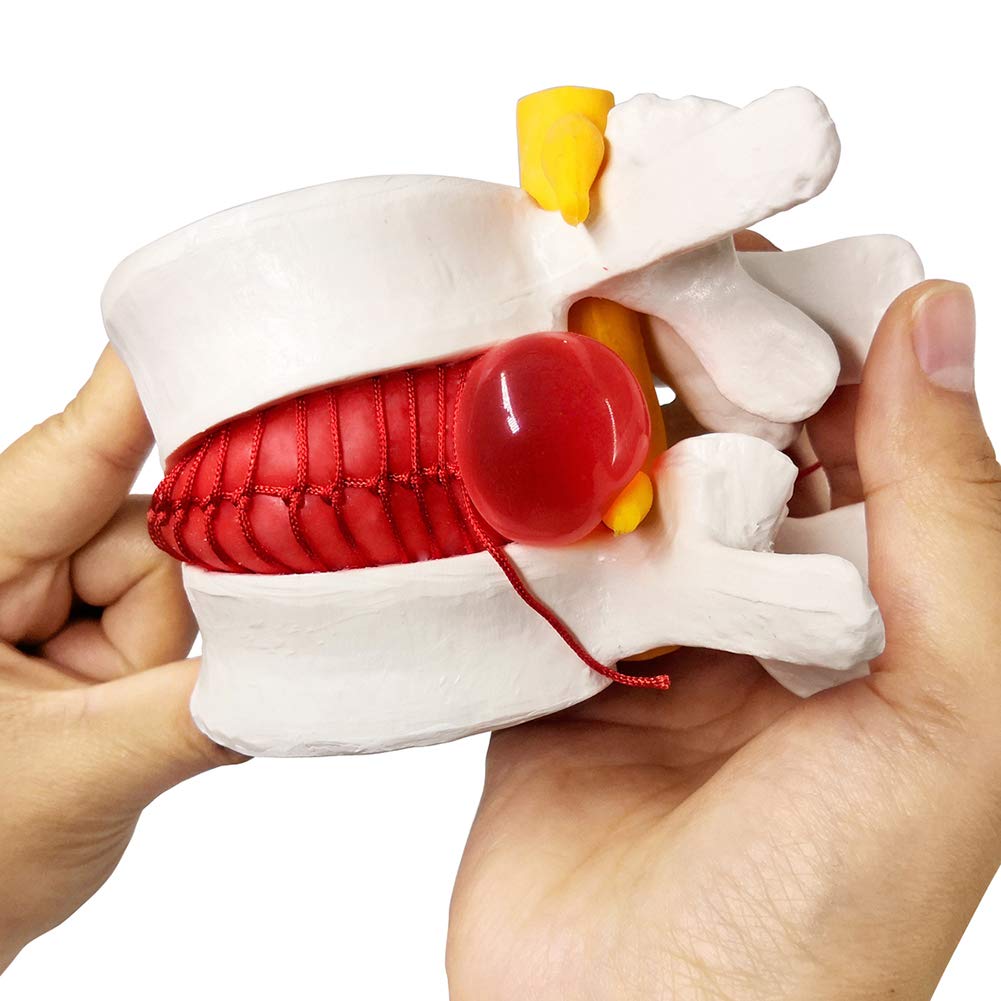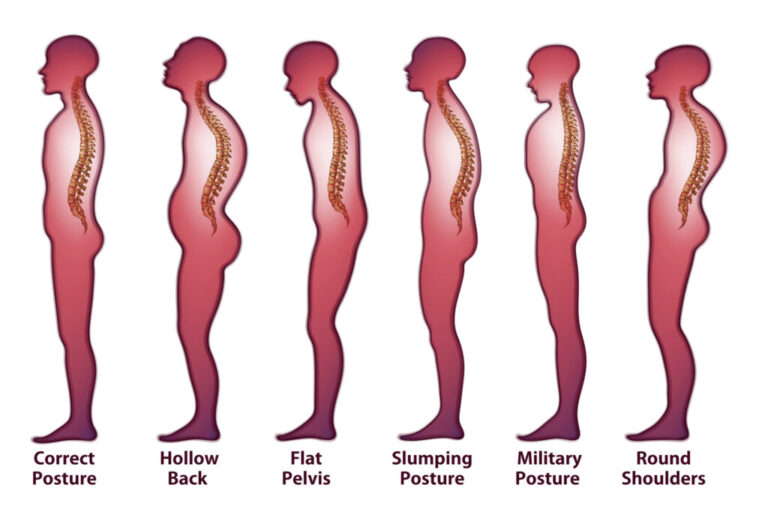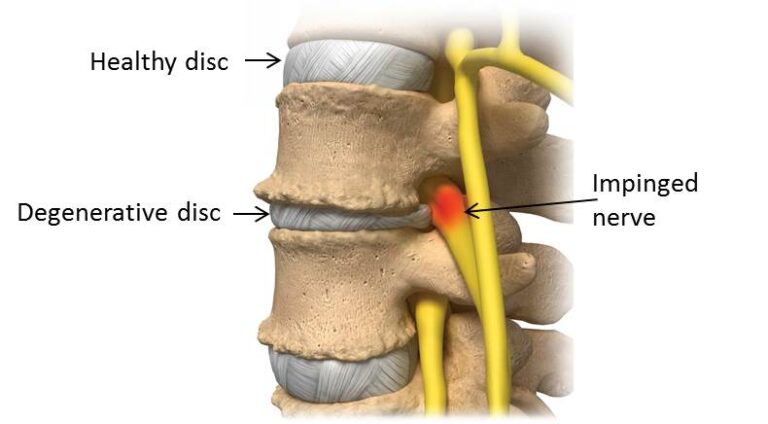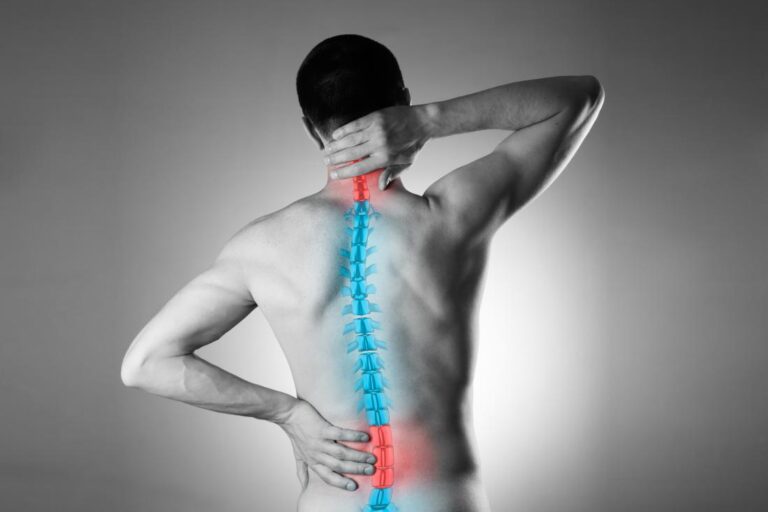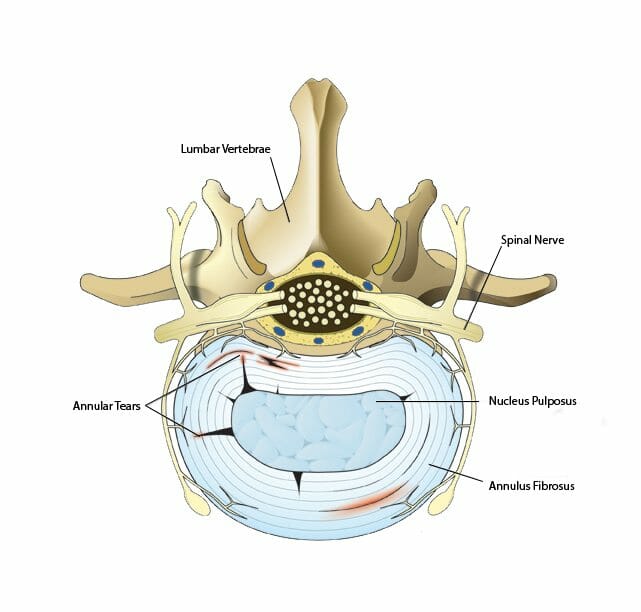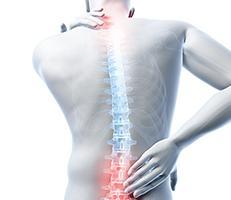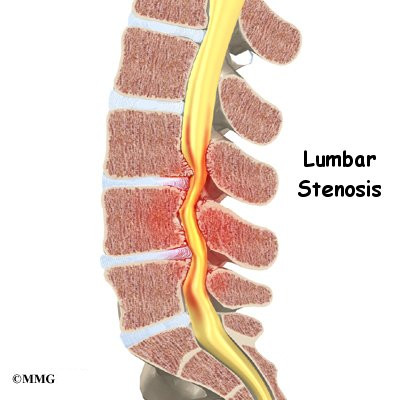5 Uncomfortable Signs of a Herniated Disc
A herniated disc is a common source of chronic spine pain for adults, especially those that do a lot of heavy lifting or spend time on their feet.
At Precision Regenerative Medicine, we offer several nonsurgical therapies to ease the pain of a herniated disc anywhere in your spine. Tammy Penhollow, DO, specializes in autologous bone marrow derived mesenchymal stem cell injections and other regenerative therapies to address damaged discs and ease inflammation in the surrounding tissues.
Dr. Penhollow also offers innovative treatments like Emsculpt® to rebuild your core muscle strength and stabilize your spine.
Why you have a herniated disc
Between the vertebrae of your spine are protective discs that absorb the shock of your movements. The disc’s outer part is durable but can break down over time and become weak or even tear.
Pressure can cause the disc to herniate, forcing the gel-like disc’s center outward. The disc material can press on surrounding nerves, triggering pain anywhere along your spine. Pain can also radiate into your head, neck, shoulders, arms or legs.
Disc pressure can result from bone spurs, chronic inflammation, and obesity. You may also experience a herniated disc if you engage in repetitive movements for work or other activities, such as frequently lifting heavy objects, bending at the waist, or twisting your spine.
Your risk for a herniated disc also increases as you get older. Age-related changes in the disc material can wear down the outer disc shell and force out the gel center.
5 symptoms of a herniated disc
Symptoms of a herniated disc can affect many parts of your body, depending on where the damaged disc is located. Here are five uncomfortable symptoms you might experience when you have a herniated disc:
1. Shocks of pain
Herniated discs in your lumbar (lower back) spine can cause pain sensations that feel like an electric shock. The pain can also radiate down into your hips and legs, interfering with your mobility.
When you have a herniated disc in your cervical (neck) spine, shocks of pain can affect your neck and radiate into your shoulders and arms.
2. Numbness
Numbness in your back, neck, or extremities can be a warning sign that a herniated disc is pressing on nearby nerves. As numbness becomes more serious, you could possibly experience difficulties walking or holding objects in your hand.
3. Tingling
Tingling can also be an indication of a herniated disc. Tingling can travel anywhere along your spine and into your head, arms, or legs. For some, tingling can be severe enough to interfere with comfort and quality of life.
4. Weakness
Weakness in your back, neck, or limbs can be a side effect of a herniated disc. When combined with nerve pain, weakness can significantly limit what you can do physically.
5. Reduced spine function
Without the protection of spinal discs, your vertebrae may rub together. The friction can trigger chronic inflammation in the tissues and nerves around your spine, reducing your spine’s range of motion. This can lead to more serious complications and disability.
Exploring your treatment options for herniated disc symptoms
Dr. Penhollow has the experience you can rely on to treat herniated disc pain and other symptoms. She offers nonsurgical therapies like platelet-rich plasma (PRP) injections, bone marrow cell derived mesenchymal stem cell therapy, and prolotherapy to help your spine heal from the inside out.
You may also benefit from Emsculpt therapy, a technology that uses electromagnetic energy to stimulate new muscle tissue growth. Strengthening the muscles that support your spine can lower your risk for additional herniated discs and other spinal injuries.
Call Precision Regenerative Medicine in Scottsdale, Arizona, to schedule a diagnostic evaluation for herniated disc symptoms, or request an appointment online today.
